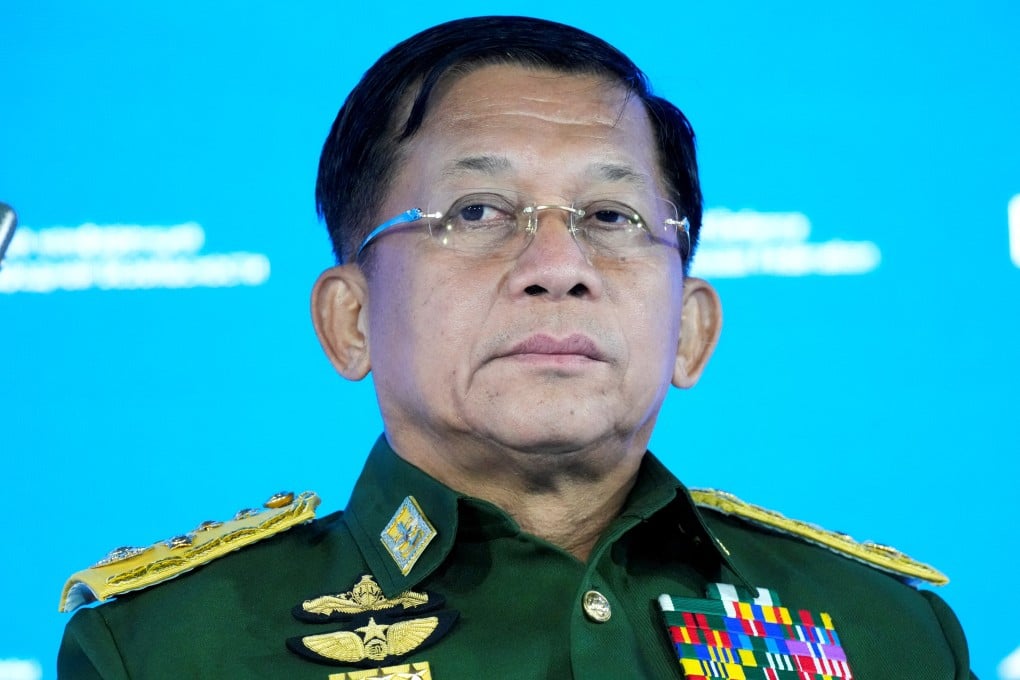Myanmar’s journalists detained, beaten, killed as junta tightens grip
- Independent journalists who remained in the country post-coup have been forced underground by arbitrary detentions, beatings and other violence
- Interviews by This Week In Asia uncovered a growing chasm between what independent outlets are trying to report and state media’s propagation of falsehoods

State media, meanwhile, has intensified the propagation of falsehoods depicting peace returning to the country, even as anti-junta fighters step up their guerilla campaign against the generals, the local journalists said.
The state of Myanmar’s media in the wake of February’s coup has come into sharper focus in recent days, following the death in custody of photographer Soe Naing after he covered a “silent strike” protest in Yangon on December 10.

Friends and colleagues of Soe Naing confirmed his death to Radio Free Asia last week, but his family members could not be contacted.
A graphics designer who began documenting the post-coup violence in February, Soe Naing is the first journalist to be killed since military chief Min Aung Hlaing and his junta seized power.
In a statement released in response to reports of Soe Naing’s death, Daniel Bastard, the head of Reporters Without Borders’ Asia Pacific desk, said the killing marked “a new tragic threshold” in the military’s use of force against journalists.
“His death must serve as an alarm signal and push the international community to impose new targeted sanctions on the military junta that has been running the country since February, starting with its chief, General Min Aung Min Aung Hlaing,” he said.